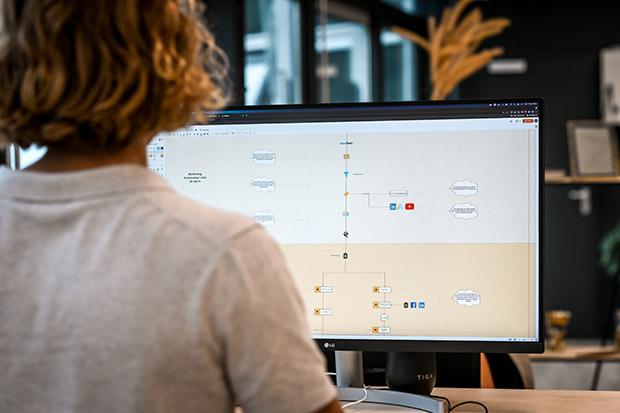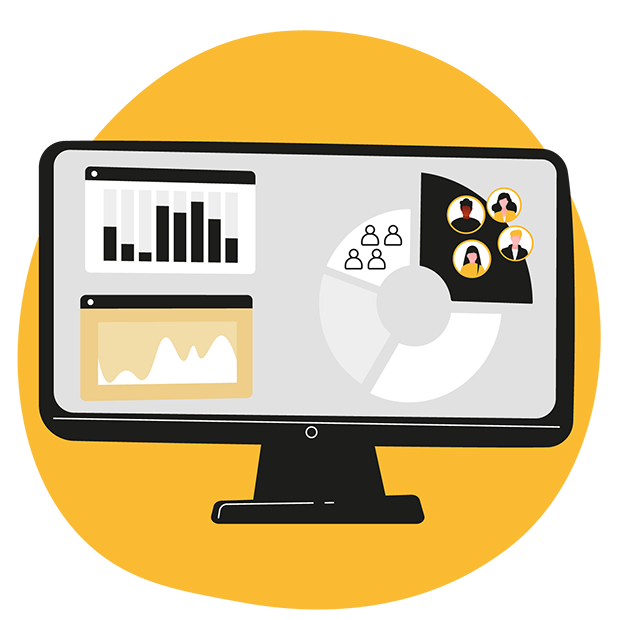Storing all data of all visitors to your website. This means that any interaction or behavior on the website is stored. Completely anonymized and in compliance with the latest laws and regulations. But that data, that behavior, that's what it's all about. What can we do with that? Next-level personalization with a CDP!







